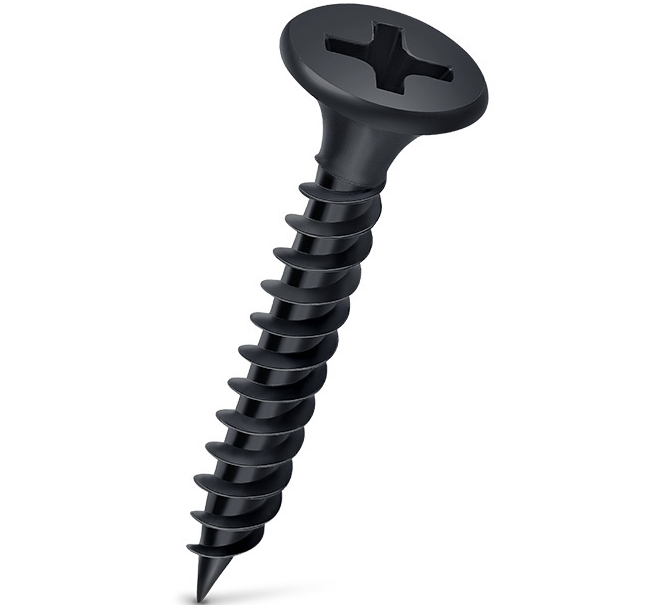Self-Drilling Screw Size Specifications and Comparison Quotes for Construction Projects
Understanding Self-Drilling Screw Dimensions and Specifications
Self-drilling screws are a crucial component in various construction and manufacturing applications. They offer an efficient solution for fastening materials without the need for pre-drilling a hole, which can save both time and labor costs. Understanding the dimensions and specifications of these screws is essential for selecting the right type for your project.
What is a Self-Drilling Screw?
Self-drilling screws, also known as Tek screws, are designed with a drill bit-like tip that enables them to create their own hole as they are driven into the material. This feature makes them particularly useful for fastening metal sheets, wood, and plastic. The dimensional specification of these screws plays a significant role in their effectiveness and suitability for various applications.
Key Dimensional Specifications
When considering self-drilling screws, several key dimensions must be taken into account
1. Length The length of the screw is measured from the underside of the head to the tip. It typically ranges from 1/2 inch to 3 inches or more. The length chosen will depend on the thickness of the materials being joined.
2. Diameter The diameter of the screw affects its holding power. Larger screws provide more grip but may require larger pilot holes in some materials. Common diameters include 6, 8, 10, and 12, corresponding to the screw's gauge.
self drilling screw dimensions quotes

3. Thread Pitch This measurement refers to the distance between the threads. A fine thread pitch offers more resistance in softer materials, while a coarse thread pitch is better suited for harder materials.
4. Head Type Self-drilling screws come in various head types, such as hex, Phillips, or slotted. The choice of head type affects the drive method and the surface finish of the installation.
5. Material The material of the screw itself is also an essential consideration. Most self-drilling screws are made of steel, stainless steel, or galvanized steel. The choice of material can impact the screw's corrosion resistance, strength, and overall durability.
Applications of Self-Drilling Screws
Self-drilling screws are widely used in the construction industry for fastening metal roofing, sheathing, and siding. They are also popular in residential decking projects and in the assembly of metal furniture. Their ease of use makes them a go-to choice for both professionals and DIY enthusiasts.
Conclusion
In summary, understanding the dimensions and specifications of self-drilling screws is crucial for ensuring that you choose the right fastener for your project. Factors such as length, diameter, thread pitch, and material all play a significant role in determining the appropriate screw. By selecting the right self-drilling screw, you can enhance the efficiency and integrity of your construction or manufacturing process. Always consult a knowledgeable supplier to ensure you are getting the best options for your specific needs.
-
Top Choices for Plasterboard FixingNewsDec.26,2024
-
The Versatility of Specialty WashersNewsDec.26,2024
-
Secure Your ProjectsNewsDec.26,2024
-
Essential Screws for Chipboard Flooring ProjectsNewsDec.26,2024
-
Choosing the Right Drywall ScrewsNewsDec.26,2024
-
Black Phosphate Screws for Superior PerformanceNewsDec.26,2024
-
The Versatile Choice of Nylon Flat Washers for Your NeedsNewsDec.18,2024










